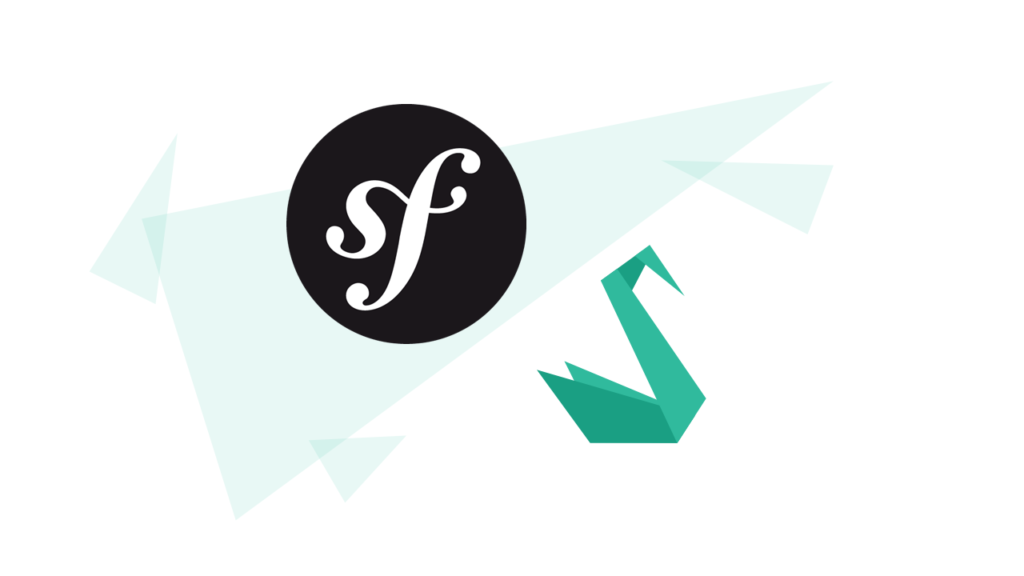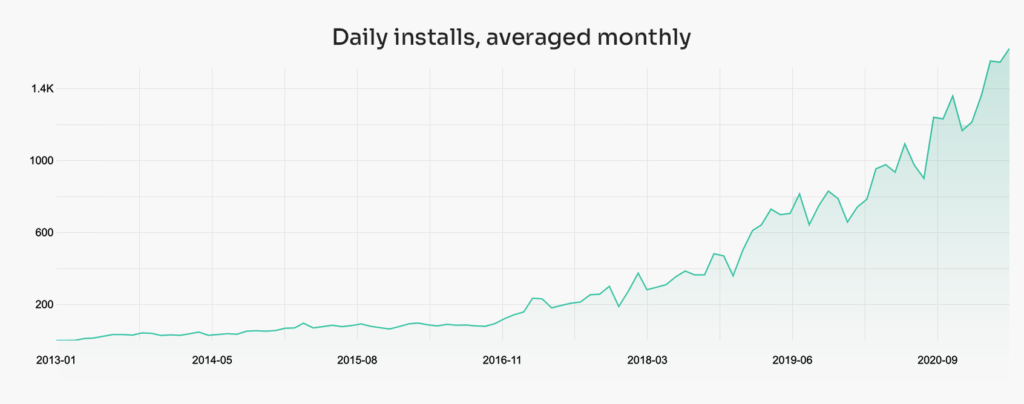
Jump right in – what’s your core interest when it comes to your e-commerce?
1/7 What are Magento and Sylius?
You most likely know the Magento ecosystem, but what is Sylius?
Sylius Plus is a Symfony e-commerce, API-first framework with clean code that can manage revenue streams up to 500M euro per annum. It’s the commercial, paid version of Sylius Standard which is our open-source framework with thousands of shops worldwide. Sylius Plus was created for mid-market and enterprise companies – based on their business needs for specific features.
Magento is an all-in-one monolithic e-commerce platform with thousands of plugins. With both open-source and commercial product, for over 10 years Magento has been the king of the hill among the e-commerce platforms for mid-market and enterprise businesses. With Magento 1 EOL in 2021, merchants are left with a few options – stick with M1 (without further support), try M2 or search the market for another solution.
2/ 7 Key aspects most e-commerce managers and product owners take into consideration when researching platforms
| Sylius | Magento | ||
|---|---|---|---|
| Product ecosystem | Growing Sylius-specialized ecosystem (6k+ developers on Slack) + global Symfony community 600k+ developers | Magento-specialized ecosystem (300k+ developers, 9.5k on Slack), isolated (from a tech perspective) but impressive | |
| Omnichannel | Built with channels to integrate all your touchpoints | Originally designed for website online store view | |
| Release Cycle | Evolution over revolution – minor updates every 3-6 months with a strong Backward Compatibility (BC) promise | Minor updates every year and major (M2) ones leading to replatforming (M3 is said to be a completely new JS-based platform) src | |
| License cost based on GMV* (*Gross Merchandise Volume) | Yes | Yes | |
| Commercial version | €14 900 – €72 900 /year | €18 100 – €155 000 (and more) /year src | |
| Total Cost of Ownership | Substantially lower cost of subscription, popular Symfony developers | Costly commercial subscription, unique Magento specialized developers | |
| Platform | Best-of-breed developing towards fully headless | All-in-one out-of-the-box | |
| Speed | Great performance out of the box src | Optimizing can take a lot of time and effort src | |
| Dev recruitment | Shallow learning curve for Symfony developers (600k+ community worldwide) = easier to find, lower cost | Specialized Magento devs – closed technology = more difficult to find, higher cost |
Money saving aspect Time saving aspect Code-sensitive aspect
3/7 Let’s talk money

We believe that the pie is big enough for everyone to feed – there are companies that simply fit better to work with Adobe products (let’s assume stores with over €1B online turnover). However, talking mid-market, should you choose Sylius over Magento? Because developers love it? That’s great, but not enough.
Every stakeholder dreams to pay less for more and we aim to fulfil this dream. Sylius’ TCO (Total Cost of Ownership) is much lower than Magento’s src -even though both platforms are open-source at their core. It depends if you wish to use a platform with its own custom framework (Magento) or one based on a globally-popular one (Sylius uses Symfony).
Thanks to the simple, yet powerful fact that Sylius fully relies on Symfony – one of the most popular PHP frameworks for professional web app development, merchants pay less for:
Apart from the license – what else can be an additional cost?
The cost of a license may seem to be the lion’s share, however, there is much more to it when you consider the TCO of an ecommerce platform. And… you should always consider it, otherwise, you may be unpleasantly surprised by all the additional invoices you will have to settle.
This is where all the dots connect, this is where all of the technical arguments we developed to make a tangible difference. Apart from the license cost, you have to remember about implementation, integrations, hosting, apps, and extensions (not mentioning maintenance, support, or payment gateways’ fees).
4/7 Best of breed vs all-in-one
Sylius is designed to hold together a whole e-commerce environment – including all the apps that make your business run smoothly. Cherry-picking specific API-first modules (best-of-breed) has multiple advantages compared to default, universal features (all-in-one).
Legacy vs. Sylius Architecture
5/7 Spike performance & decrease BR
Speed is a factor that translates directly into conversion. Delays in page loading hit the revenue hard and that is why it is crucial to choose a platform offering great performance out-of-the-box.
Open source editions performance comparison, November 2020 (source)
THE LOWER THE BETTER
Time To First Byte (TTFB) is a basic metric for performance measurement. It says how long it takes the first bits of software to reach the browser from the server’s (AWS Cloud in this case) initial request.
TTFB is a very key metric because the browser cannot begin rendering web page content until it has the initial markup. Google recommends having TTFB less than 300 ms.
What is a good back-end TTFB time for e-commerce? To avoid bounce rate, 100ms (0.1 seconds) is the recommended maximum for online stores. A user can’t see anything at all before the TTFB, so it directly affects UX.
Request Counts
Lower is usually better (source BitBag)
Replatforming example from Magento to Sylius: EasyMonneret
KPI after replatforming:

6/7 Easy customization and clean,
understandable code and architecture
| Sylius | Magento | ||
|---|---|---|---|
| Framework | Symfony 5 | Zend 1, Magento Custom Framework | |
| PHP Version | 8.0* | 7.4 | |
| Technical debt | Consciously kept at low levels since 2017 (bugs: +/- 200) src | Accumulated since 2008 (bugs: +/- 1200) src | |
| Testing | Full testing setup with Behat, phpspec and PHPUnit for customization and plugin development Built-in API design and testing framework | Unit and Functional Testing Framework only with PHPUnit No API testing framework | |
| Integration layers | Single Responsibility Principle (only 1 point always) | Many points of integration to consider |
Money saving aspect Time saving aspect Code-sensitive aspect
7/7 Sylius is growing and getting more and more attention
Over the duration of 10 years, we’ve designed and tweaked Sylius Standard and Sylius Plus to the exact needs and business environments of our customers and partners. That’s why you’re here, reading this text, because you’re looking for a solution for your e-commerce. We hope Sylius will fill in the gaps!

Last but not least, we’re always transparent and we want to be fair, and we’re not gonna lie – Sylius isn’t for everybody. If you are launching an e-commerce with less than €1M estimated revenue annually you’re probably better off with a SaaS like Shopify or a platform with multiple out-of-the-box features – like Magento.
You’re just one step away from over 35 pages of stats and insights on Sylius and Magento projects!
Dive deep into details regarding performance, costs, scalability and speeding up Time To Market.